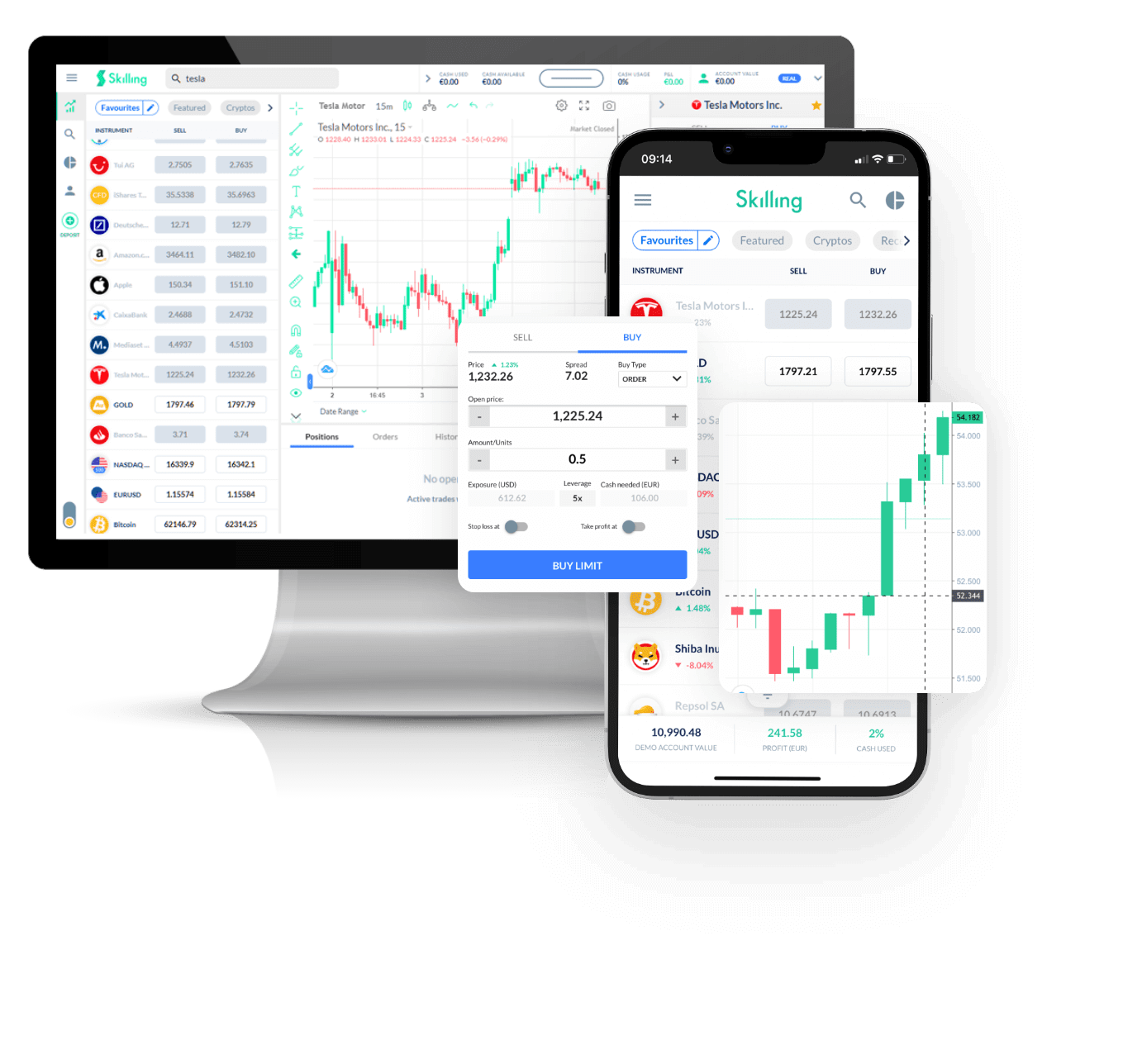Loading...
EURCAD: Live Price Chart
[[ data.name ]]
[[ data.ticker ]]
[[ data.price ]] [[ data.change ]] ([[ data.changePercent ]]%)
Low: [[ data.low ]]
High: [[ data.high ]]
About
History
Why Trade?
About
History
Why Trade?
EURCAD is a minor currency pair that represents the exchange rate between the Euro (EUR) and the Canadian Dollar (CAD). The value of the EURCAD pair reflects how many Canadian dollars are needed to purchase one Euro. This currency pair is widely traded in the foreign exchange market, and its movements are closely monitored by traders, investors, and analysts. To convert EUR to CAD or vice versa, the current exchange rate is used. For example, if the EURCAD exchange rate is 1.50, then 1 Euro is equal to 1.50 Canadian Dollars, and 1 Canadian Dollar is equal to 0.67 Euros.
The history of EURCAD can be traced back to the creation of the Euro in 1999. Prior to the Euro's introduction, the currencies of European countries were widely traded against the Canadian dollar. However, after the Euro's introduction, the EURCAD pair became the preferred currency pair for trading between Canada and the European Union. Since then, the exchange rate has fluctuated widely, driven by various factors such as economic indicators, geopolitical events, and central bank policies.
The price history of EURCAD has been volatile over the years. The currency pair's price has fluctuated significantly due to various factors that affect the Euro and Canadian Dollar economies. The pair opened at a price of 1.8151 in 1999 when the Euro was first introduced. From then, the pair saw a gradual decline in price, reaching its all-time low of 1.2129 in 2008 during the global financial crisis.
However, since then, the pair has seen a gradual increase in price, peaking at its all-time high of 1.6147 in 2018. This increase was driven by factors such as rising inflation in the Eurozone and higher interest rates in Canada. In recent years, the price of the pair has remained relatively stable, trading within a range of 1.45 to 1.57.
Overall, the price history of EURCAD shows that the currency pair is subject to significant fluctuations, making it a popular choice for traders looking to profit from short-term price movements in the foreign exchange market.
Traders may consider trading EURCAD due to the currency pair's volatility, liquidity, and correlation with global economic events. The pair is affected by various factors, such as interest rate differentials, inflation rates, political developments, and trade relations between Canada and the European Union. As a result, the currency pair could probably provides ample opportunities for traders to speculate on short-term price movements.
Traders may also consider other currency pairs, such as USDJPY, GBPUSD, and AUDUSD. These pairs are also widely traded and offer various trading opportunities based on economic and political developments in the respective countries. USDJPY is affected by the US and Japanese economies' performance and geopolitical events, while GBPUSD is influenced by the UK and US economies' performance and Brexit developments. AUDUSD is influenced by the Australian economy's performance and commodity prices.
| Swap long | [[ data.swapLong ]] points |
|---|---|
| Swap short | [[ data.swapShort ]] points |
| Spread min | [[ data.stats.minSpread ]] |
| Spread avg | [[ data.stats.avgSpread ]] |
| Min contract size | [[ data.minVolume ]] |
| Min step size | [[ data.stepVolume ]] |
| Commission and Swap | Commission and Swap |
| Leverage | Leverage |
| Trading Hours | Trading Hours |
* The spreads provided are a reflection of the time-weighted average. Though Skilling attempts to provide competitive spreads during all trading hours, clients should note that these may vary and are susceptible to underlying market conditions. The above is provided for indicative purposes only. Clients are advised to check important news announcements on our Economic Calendar, which may result in the widening of spreads, amongst other instances.
The above spreads are applicable under normal trading conditions. Skilling has the right to amend the above spreads according to market conditions as per the 'Terms and Conditions'.

Trade [[data.name]] with Skilling
Hassle-free, with flexible trade sizes, and super low spreads!
- Spreads starting at 0.2!
- Average Execution at 5ms
- Easy to use platform
*Other fees may apply.
FAQs
What factors influence the EURCAD exchange rate?
+ -The EURCAD exchange rate is largely determined by the relative demand and supply of both currencies. Factors that can affect the EURCAD rate include economic growth, inflation levels, interest rates, central bank policies, trade balances between Canada and the European Union (EU), geopolitical events in Europe or Canada, public debt levels, investor sentiment and government regulations.
What is the best time to trade EURCAD?
+ -Generally speaking, the most active trading hours for EURCAD are between 3 AM and 11 AM GMT. This is when there tends to be higher liquidity and higher volatility. The best way to stay informed about the current market conditions is to use a forex trading signal service that can provide you with up-to-date analysis and predictions. With this tool, you will be able to spot potential trade opportunities and stay on top of currency movements.
What indicators can traders use when trading EURCAD?
+ -When trading EURCAD, traders should keep an eye on a number of indicators. The most important ones include the Relative Strength Index (RSI), the Moving Average Convergence Divergence (MACD) and the Stochastic Oscillator. All these technical indicators measure momentum or trend direction in price movements and help traders make informed decisions regarding their trades.
Why Trade [[data.name]]
Make the most of price fluctuations - no matter what direction the price swings and with low capital investment.
Forex
Capitalise on rising prices (go long)
Capitalise on falling prices (go short)
Trade with leverage
Trade on volatility
Enjoy huge liquidity
Manage risk with in-platform tools
Ability to set take profit and stop loss levels

